All about the profession of wood painter
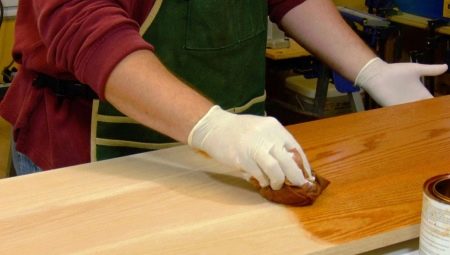
Knowing everything about the profession of a wood painter is very important. Many people believe that he is only "brushing with paint" - but this is fundamentally wrong. It's time to dispel many misconceptions and find out how things are in reality.
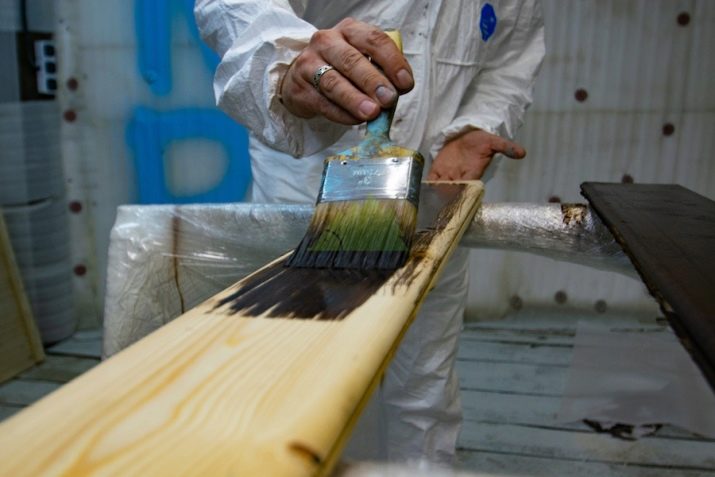
Peculiarities
It's worth saying right from the start that the wood painter doesn't just decorate the surface. A special paint and varnish layer reliably protects it from many mechanical damages. Various paints can also guarantee resistance to moisture, high and low temperatures. But they must be applied correctly so as not to spend too much and achieve a decent result.
Therefore, you need to know at least at a basic level chemistry and physics.
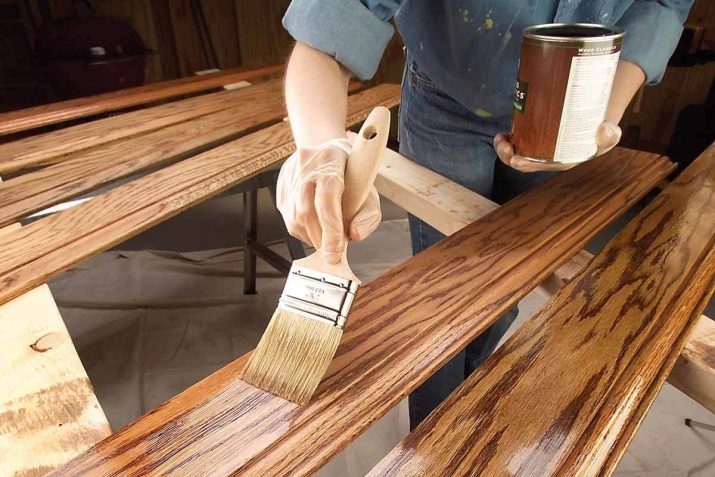
In addition, you have to work with different types of wood and with derived materials such as MDF. Painters must also have an artistic taste, aesthetic sense. Finally, endurance, mental resilience, the ability to perform painstaking monotonous work are relevant for them. And because of the frequent work in teams, communication skills are important. It is often asked whether the profession of a painter is harmful or not.
The risks are really great:
direct toxicity of a number of components of paints and solvents;
the likelihood of allergic reactions;
systematic work at height;
danger of chemical burns;
increased risk of electric shock.
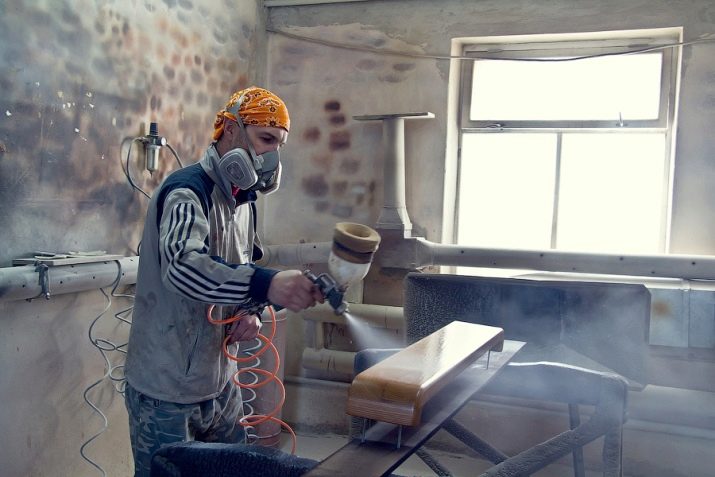
But these negative aspects can be largely mitigated by correct behavior at work, wearing personal protective equipment and competent organization. In addition, the profession of a painter:
widely in demand;
relevant in any regions of our country;
relatively well paid;
allows you to find work both in the organization and in the mode of private practice;
allows, if necessary, to work even abroad.
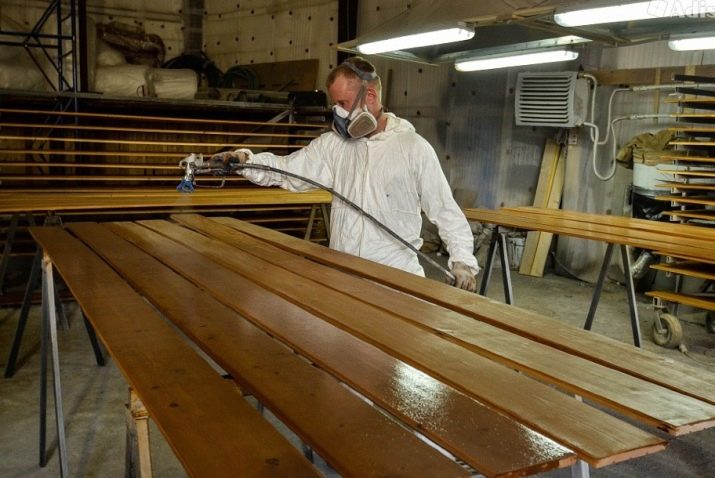
Responsibilities
Typical job descriptions for painters indicate that they are required to:
- prepare surfaces for painting and carry out the painting work themselves;
remove old paint if necessary;
apply drawings and inscriptions with stencils, including in a multicolor version;
treat surfaces with sprinklers and corrosion inhibitors;
control air supply to spray installations;
prepare the simplest stencils;
mix paints and prepare them for work;
perform tinting;
tidy up the workplace.

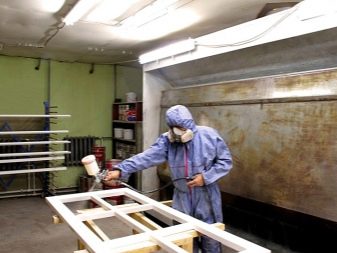
Education
Practically everyone is engaged in the training of painters secondary specialized educational institutions of our country and even neighboring countries... The educational program in them is more or less the same. But it's better to target organizations whose graduates find jobs more easily. These include:
construction technical school No. 12 (Moscow);
College of Construction Industry and Urban Economy in St. Petersburg;
construction college named after Momot (Murmansk);
an architectural and construction college in Krasnodar;
communal construction Oktyabrsky technical school (Ufa).

Place of work
Although it is quite difficult to work as a painter, this profession is very diverse.... Its representatives naturally find a place for themselves in construction and repair organizations. But no less often they can be found in industry, in agricultural, transport and energy facilities. After all, manufactured products and machine tools, warehouses and combines, vehicles and various boilers, pipelines have to be systematically painted. A separate area of application of their powers by painters is management companies.
And some people manage to open their own company at all, although this does not happen often these days.









